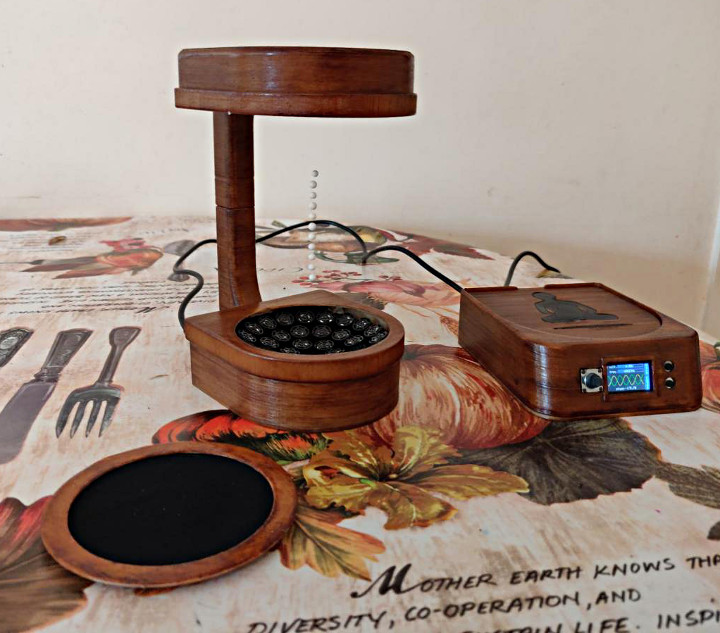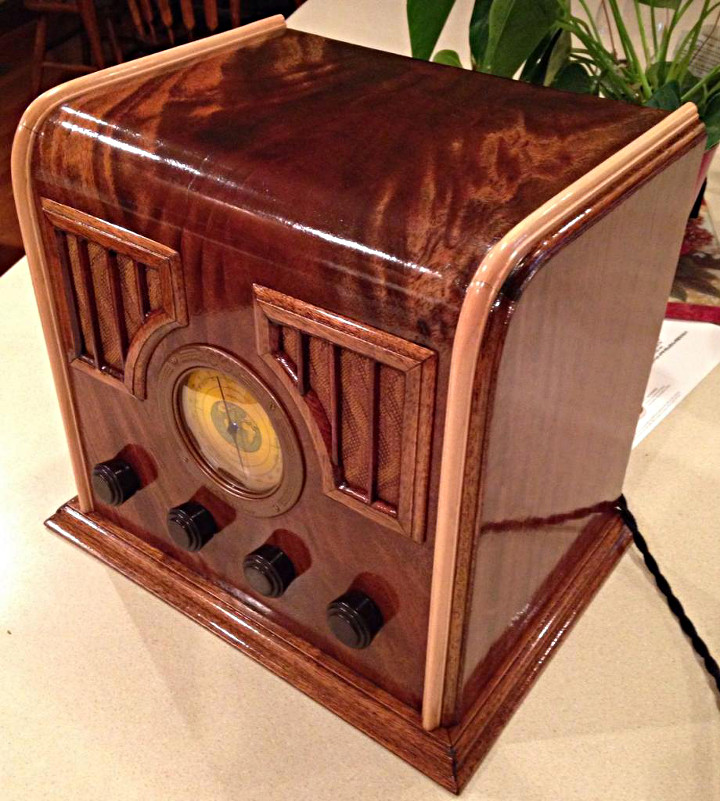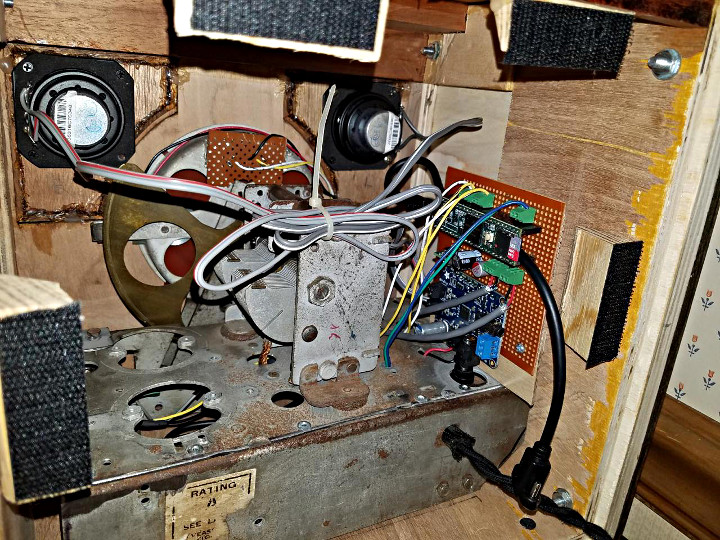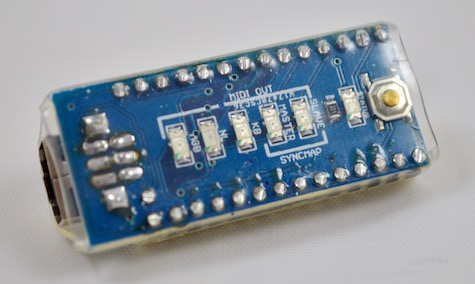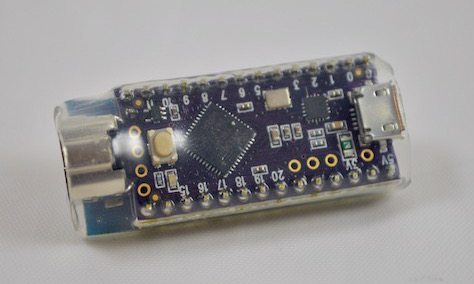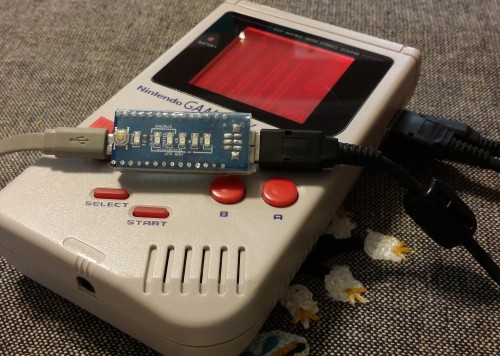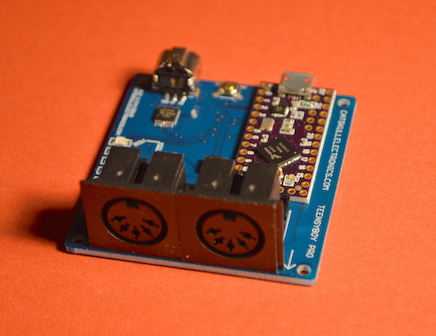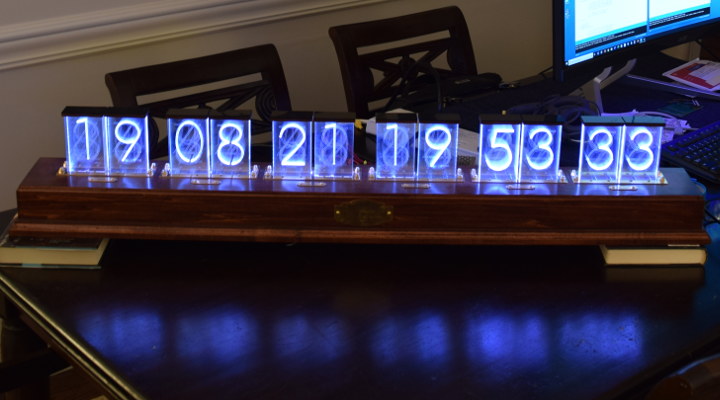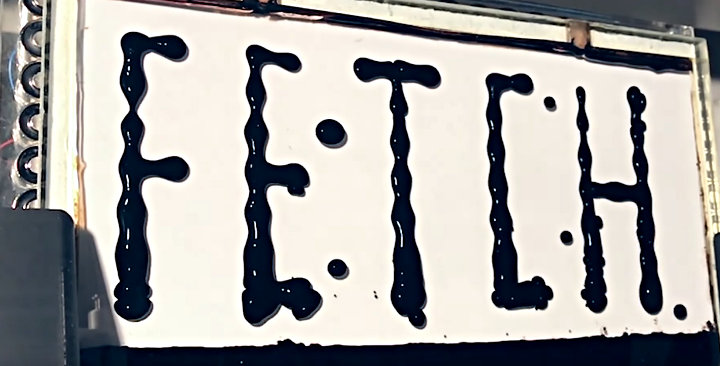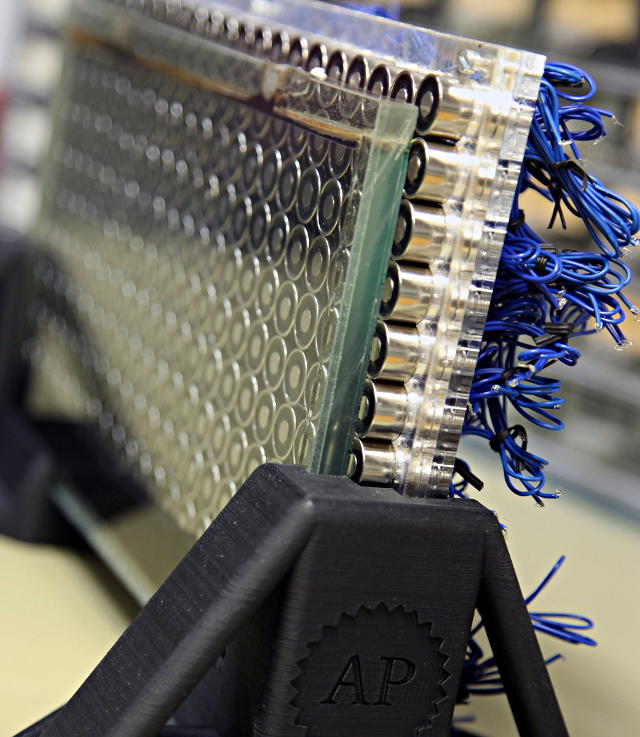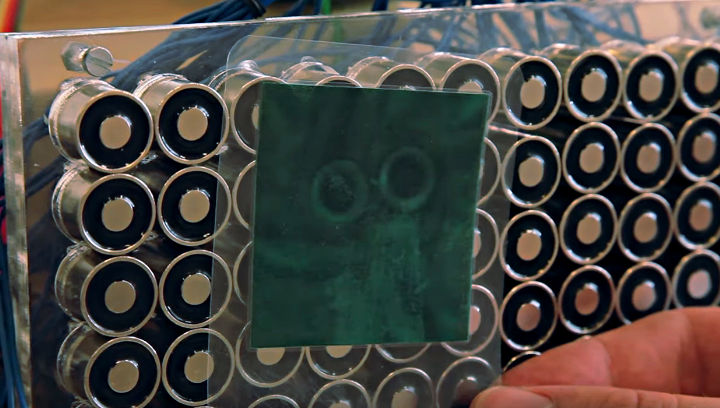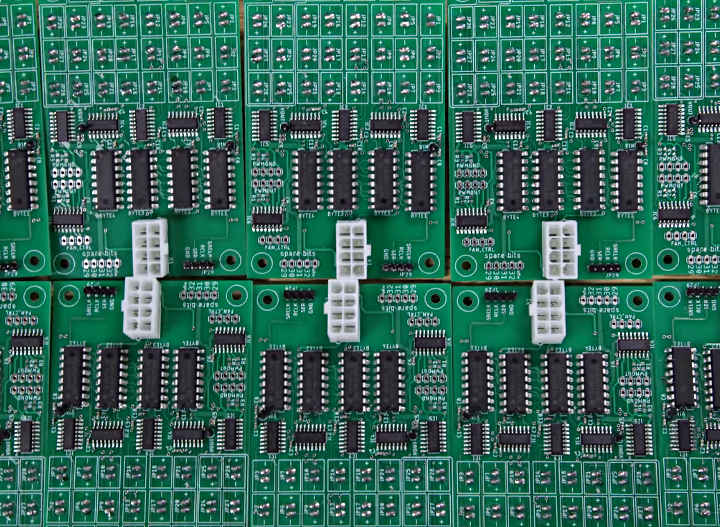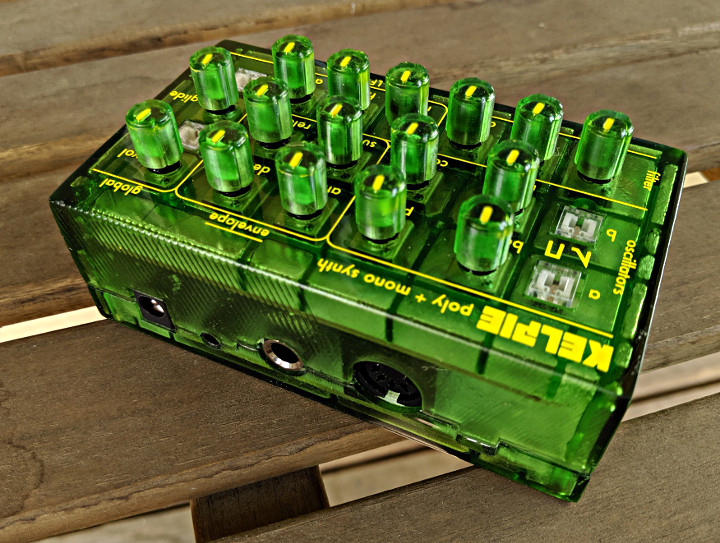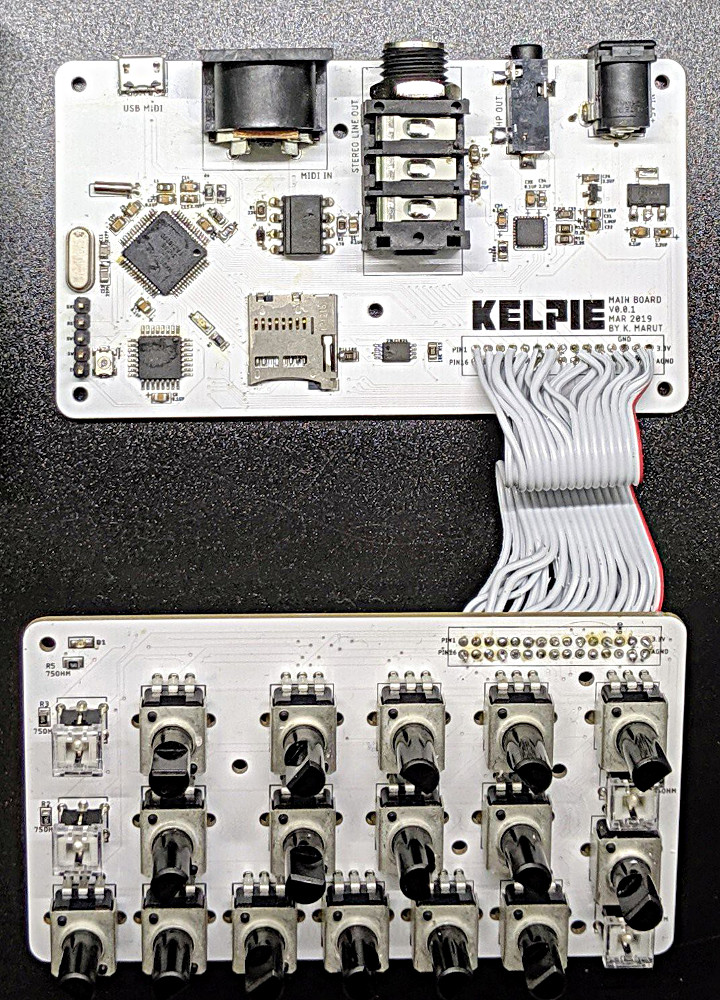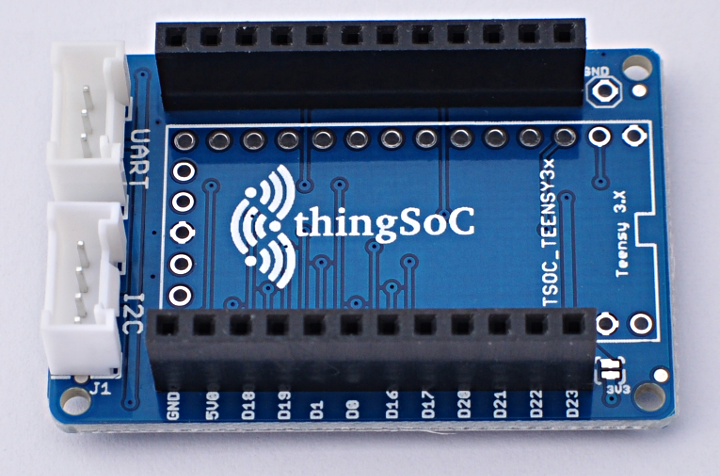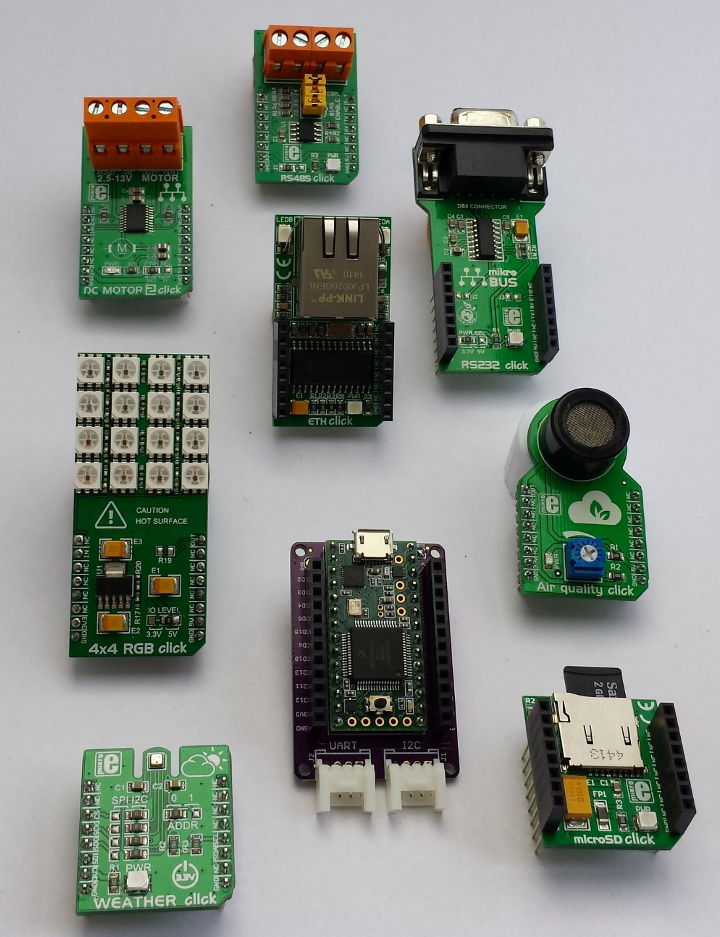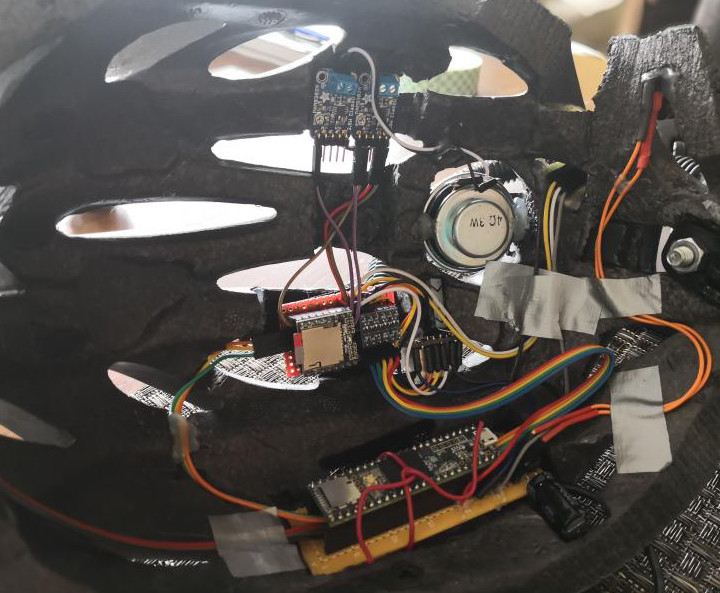Larry McGovern (elkayem) developed a very cool coffee roaster that can roast up to a half pound of coffee using a custom roasting profile.
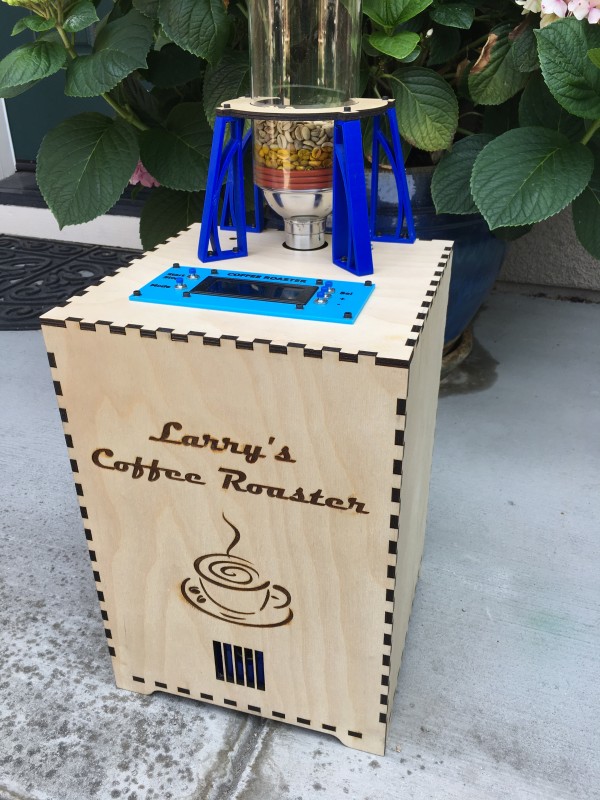
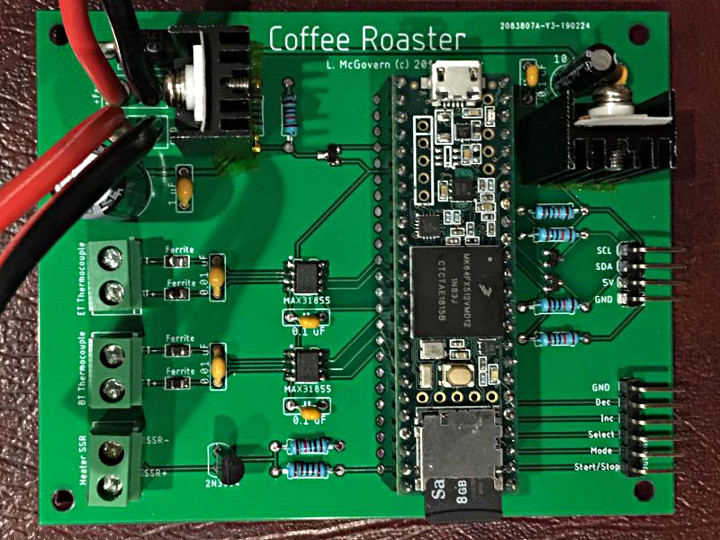
This fluid-bed style roaster can run in one of two modes – auto, where the temperature and fan speed are controlled by a settable profile; or manual, where the temperature and fan speed can be controlled in real time. Temperatures, set value, fan speed, and heater duty cycle measurements are saved to an SD card while roasting as a CSV file for later analysis.
The roaster also has the ability to interface with Artisan Roaster Scope, an open-source software program for coffee roasting that records, analyzes, and controls roast profiles. While the Teensy 3.5 used in the project collects roast data to the SD card, Artisan includes some nice features to analyze your roast.
There is a great detailed write up on this Git Hub page. It not only includes code for the project, but schematics, Eagle files, files for the 3D printing of a few parts, and files to laser cut the the case.

